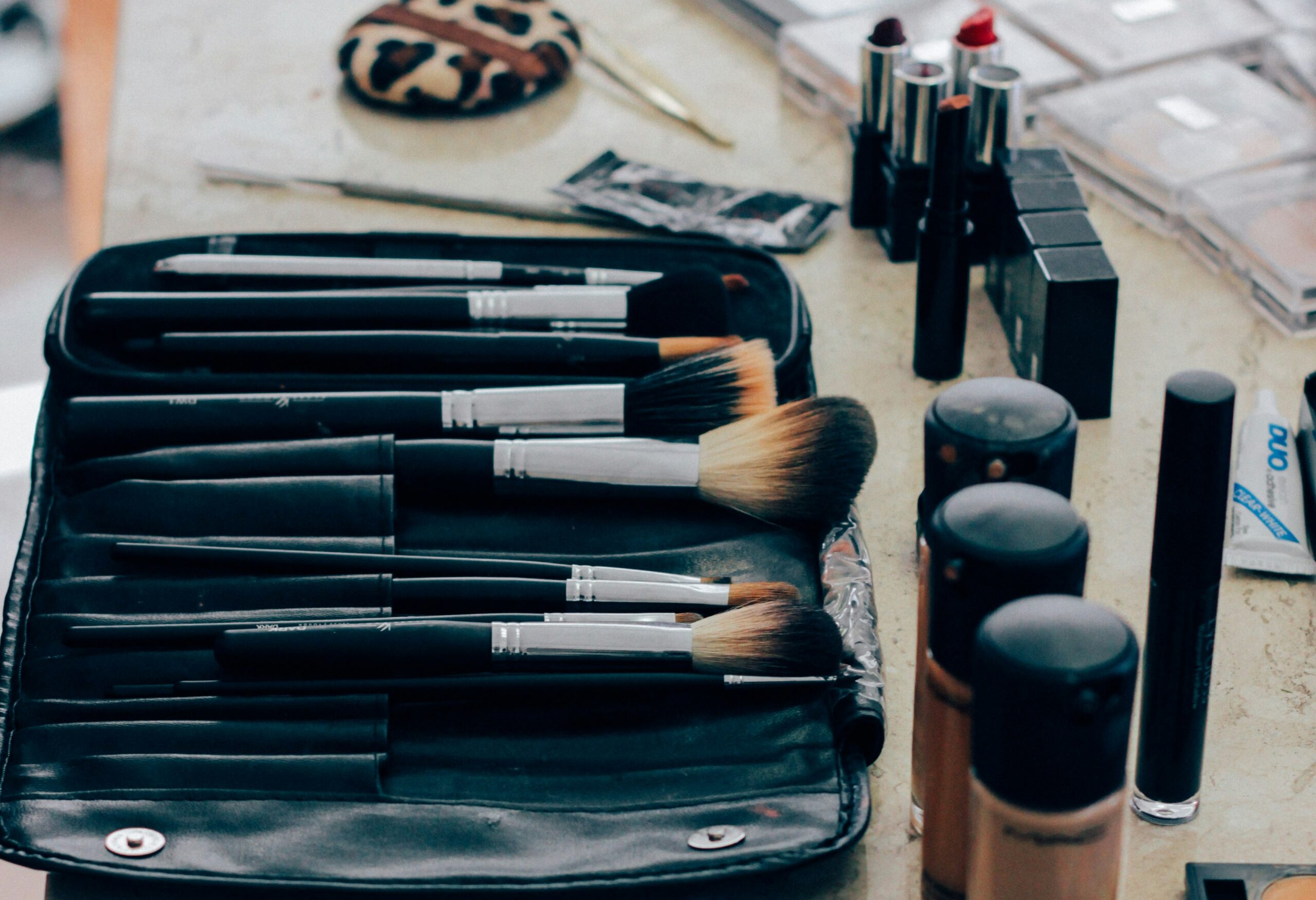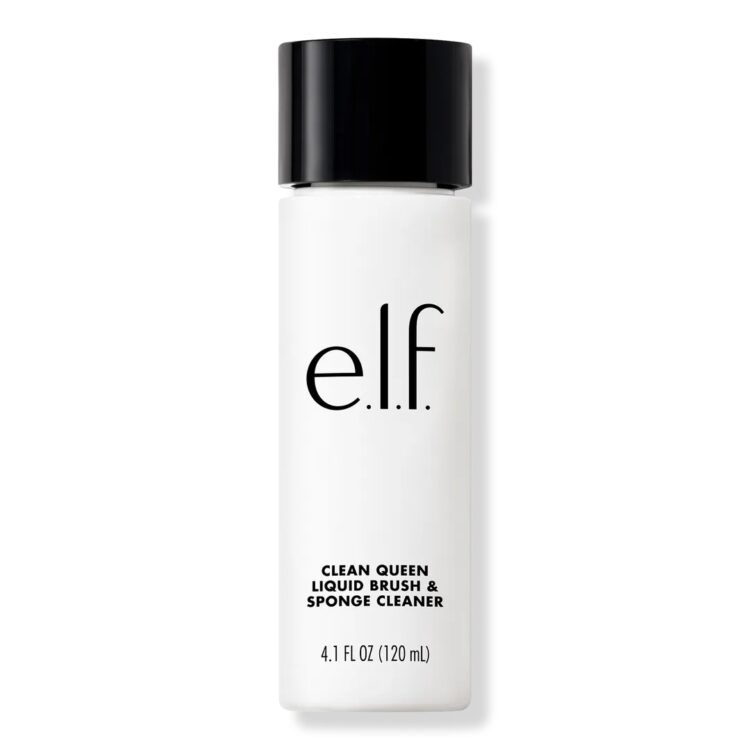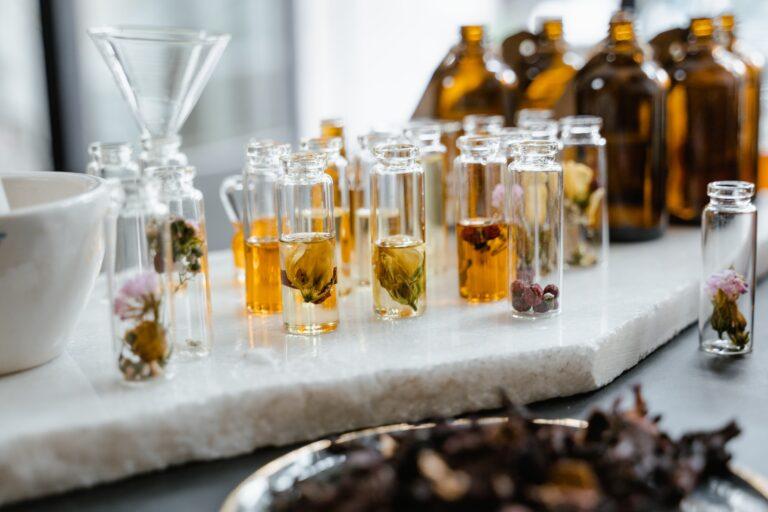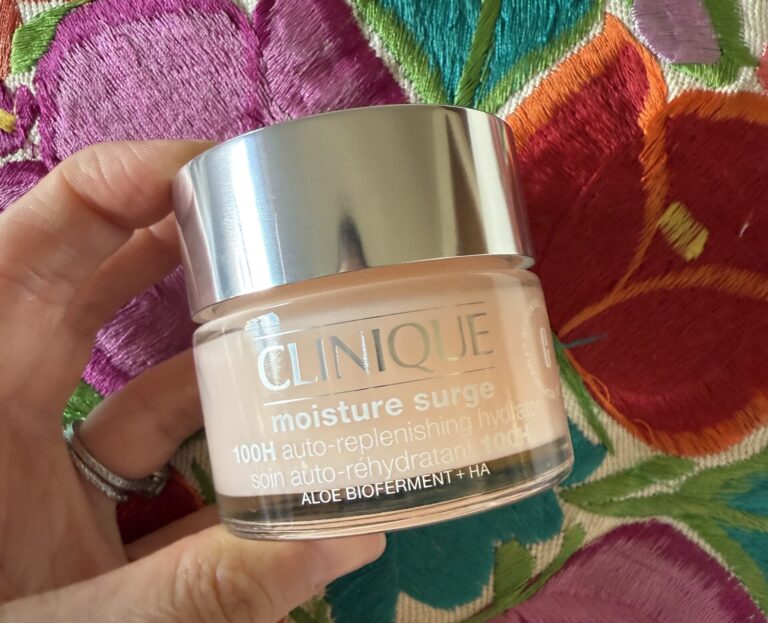How Often to Clean Makeup Brushes to Keep Them in Tip-Top Shape
If you’re wondering how often to clean makeup brushes because it’s your least favorite chore, believe me when I say you are not alone! Makeup brushes are more crucial to beauty routines than anyone realizes. Whether you’re blending foundation, applying blush, or dusting on setting powder, they’re essential tools for achieving a flawless finish. But with every swipe, dab, and blend, product residue, as well as dirt and oil on your skin, build up on the bristles. And if you’re not careful, that buildup can lead to skin irritation, acne breakouts, and even skin infections—not to mention shorten the lifespan of your valuable tools. That’s why learning how to clean your brushes properly (and regularly) is a must. In this guide, we’re breaking down exactly how often to clean makeup brushes to keep them in tip-top shape.
Surprisingly, a lot of people don’t realize that they need to wash their brushes at all. This also means that they may not know how to do it. And if you’re guilty of using a powder brush that hasn’t seen water in months, no shame! We’ve all been there. But don’t worry: this post covers everything you need to know about makeup brush maintenance—including what to clean makeup brushes with, how to clean them for the best results, and how to make this habit feel less like a chore and more like a form of self-care.
How Often to Clean Makeup Brushes
Let’s start with the question on everyone’s mind: How often should you clean your makeup brushes? Understanding the importance of brush hygiene can help encourage you to clean your brushes regularly—especially once you learn what’s lingering on those bristles (spoiler alert: it’s not just leftover highlighter). Keeping your tools clean protects your skin and helps them last longer, making this one of the most helpful beauty tips you can incorporate into your routine.
Why Is It Important to Clean Your Makeup Brushes?
Prevents Skin Irritation and Breakouts
One of the biggest benefits of washing your brushes is protecting your skin from acne breakouts and irritation. Dirty brushes are a breeding ground for bacteria, which can clog your pores and lead to skin infections. This is especially true if you share your makeup brushes (which you honestly shouldn’t do, by the way) with others or keep them out in the open.
Achieves a Flawless Finish
When your brush head is packed with dried-up makeup residue and oil, it won’t apply product evenly. Clean brushes give you better pigment payoff and a smoother blend, which means a more polished, professional-looking result.
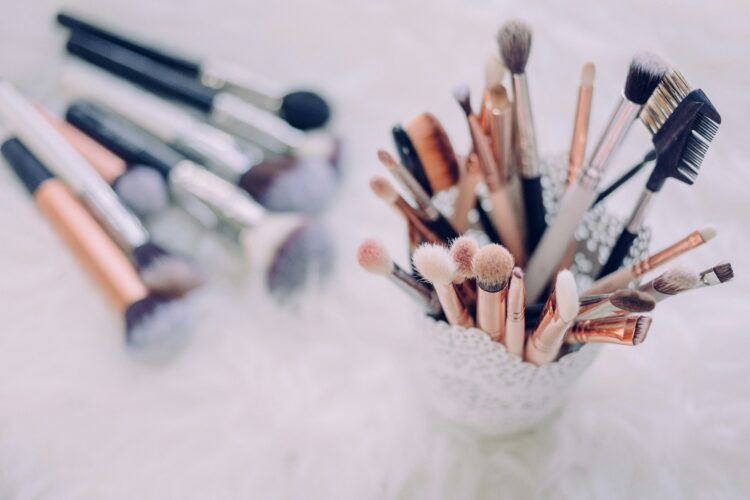
Extends the Life of Your Brushes
Want to avoid having to replace your makeup brushes every few months? Keeping them clean is the best way to do that. Regular washing removes product residue and prevents bristles from becoming stiff, brittle, or misshapen (especially if you store your brushes flat after washing). Pro tip: If you’re wondering how to store makeup brushes, it shouldn’t be by laying them down flat.
Avoids Cross-Contamination
If you use one brush for multiple products or accidentally forget to clean a brush before switching from bronzer to blush, you could end up with muddy-looking makeup and skin issues. Washing your brushes prevents cross-contamination and keeps your products (and your face!) looking fresh.
How Often Should You Clean Your Makeup Brushes?
You should wash your brushes at least once a week, especially the ones you use for cream or liquid products like foundation or concealer. Powder brushes used for eyeshadow or blush can be cleaned every 7 to 10 days, but don’t push it further than that.
Personally, I try to clean my makeup brushes regularly by building it into my Sunday reset routine—because if too many days go by, I know I’m risking both breakouts and bad makeup days. At most, you should wait no longer than two weeks to clean your brushes under lukewarm water.
What To Clean Makeup Brushes With
E.l.f. Clean Queen Liquid Brush & Sponge Cleaner
Available at Amazon ($6) | Also available at Ulta, Target, and E.l.f. Cosmetics
A good brush cleanser is specifically formulated to break down makeup residue without damaging bristles. And that’s exactly what this E.l.f. product does. It’s a foaming gel cleanser that comes in a squeeze bottle, which makes it easy to dispense. It’ll also work to remove any and all gunk from your makeup brushes.
CeraVe Baby Wash & Shampoo
Available at Amazon ($15) | Also available at Ulta
Mild and affordable, CeraVe’s Baby Wash & Shampoo is a low-key, go-to makeup brush cleaner for many beauty lovers. Its gentle formula cleans without stripping, making it ideal for delicate brushes. Just be sure to rinse thoroughly until the water runs clear. Plus, at less than $1 per ounce, this is one of the most affordable products for cleaning your makeup brushes.
Garnier SkinActive Micellar Cleansing Water
Available at Amazon ($12) | Also available at Ulta
Micellar water isn’t just for removing makeup from your face—it can also remove product residue from your brushes. It’s best for a quick clean in between deeper washes, especially if you’re switching colors or want to freshen up your tools on the go. I’ve tried half a dozen micellar waters in my day, but Garnier’s has reigned supreme in efficacy and price point.
EcoTools Makeup Brush + Sponge Cleaning Pad
Available at Amazon ($8) | Also available at Ulta
I’m obsessed with this leaf-inspired cleaning pad because it’s just so adorable and it gets the job done. It’s made of silicone and has tons of ridges to help get all the residue out of your brushes and makeup sponges. It also has a suction cup at the bottom so that you don’t have to hold it—meaning you can use both hands to clean the brushes.

DIY Vinegar and Water Solution
For a natural cleaning method, dilute white vinegar with water to remove bacteria from your brushes. It’s not the best option for daily use, but it can help sanitize your tools when you’re in a pinch. Do two parts water and one part vinegar and rinse it for a while to ensure that there’s no leftover smell.
How To Clean Makeup Brushes
Step 1: Rinse the brush head.
Hold the bristles under lukewarm water with the brush head pointing downward. This helps loosen up makeup and avoids soaking the base of the brush.
Step 2: Add cleanser.
Apply a small amount of your chosen makeup brush cleaner or baby shampoo into the palm of your hand or a cleaning mat.
Step 3: Swirl the brush.
Gently swirl the bristles in your palm or on the mat to create a lather and lift away makeup residue and oil.
Step 4: Rinse until the water runs clear.
Rinse the brush again under lukewarm water to remove all cleanser and product. Repeat if needed.
Step 5: Gently squeeze out excess water.
Use your fingers or a towel to squeeze out any water, being careful not to tug on the bristles.
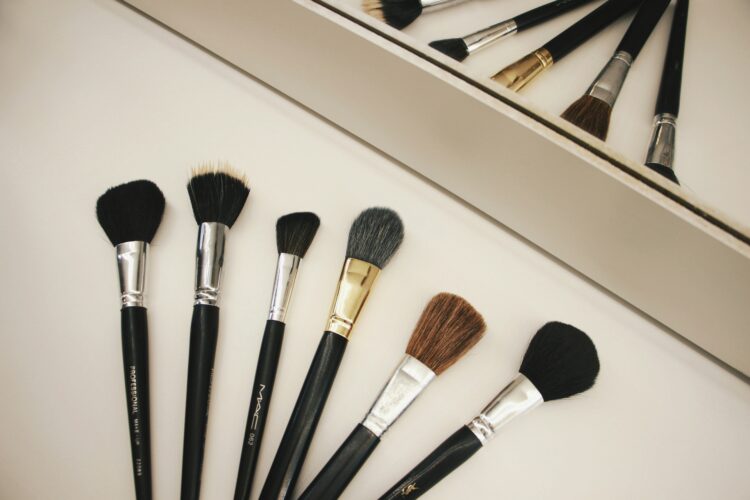
Step 6: Lay the brushes flat to dry.
Place your clean brushes flat on a towel with the brush head hanging off the edge of a counter. This helps them dry evenly and prevents mildew.
Step 7: Store properly.
Once dry, store your brushes in an upright holder or pouch.
Okay, phew! I know that was a lot, and I promise I only have a couple more things to say. Here goes… Cleaning your brushes doesn’t have to be a dreaded chore. Once you make it a regular part of your beauty routine, your skin, brushes, and makeup will thank you. Whether you use a professional brush cleanser or a DIY solution, the most important thing is to clean your makeup brushes regularly and treat them with care. And if a brush is shedding, fraying, or simply not performing like it used to, it might just be time to replace your makeup brushes altogether.


